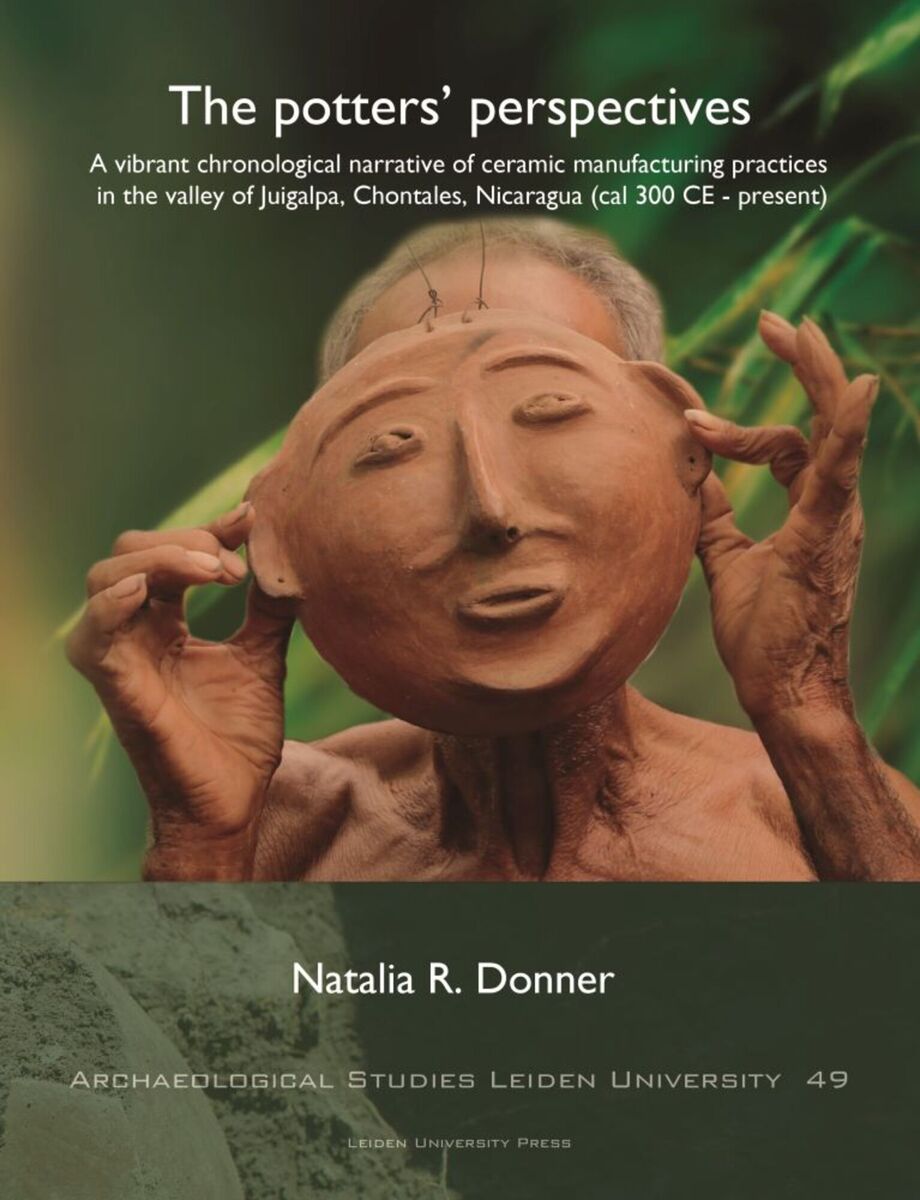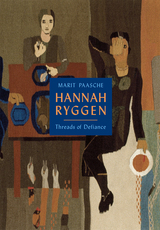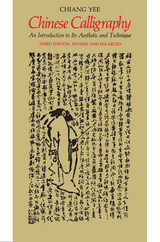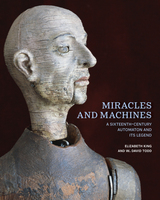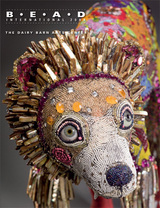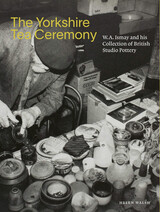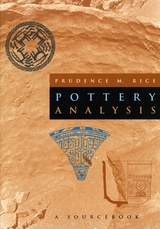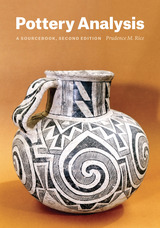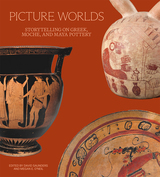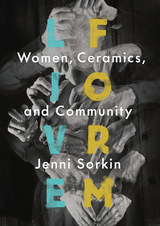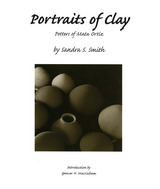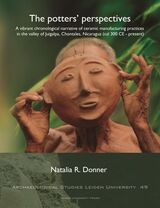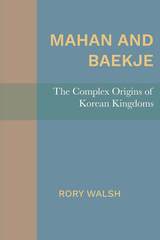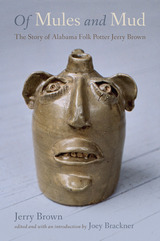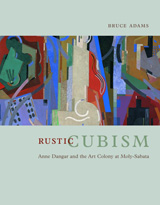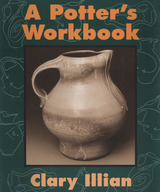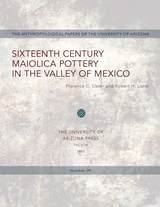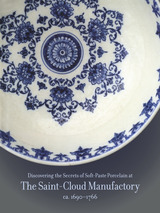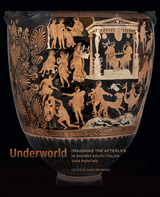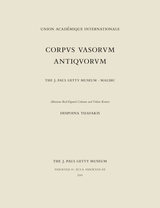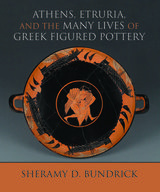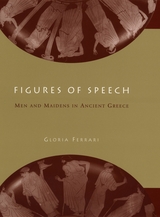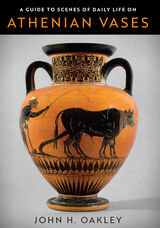The Potters’ Perspectives: A Vibrant Chronological Narrative of Ceramic Manufacturing Practices in the Valley of Juigalpa, Chontales, Nicaragua (cal 300 CE–present)
Leiden University Press, 2020
Paper: 978-90-8728-351-3
Library of Congress Classification NK4044.J85D66 2020
Dewey Decimal Classification 738
Paper: 978-90-8728-351-3
Library of Congress Classification NK4044.J85D66 2020
Dewey Decimal Classification 738
ABOUT THIS BOOK | AUTHOR BIOGRAPHY
ABOUT THIS BOOK
The work of Fernand Braudel (1902–1985) should have revolutionized the way the field of archaeology thinks about the passage of time and constructs narratives throughout it. Braudel’s more general theories deeply affected archaeological theory, yet his three different timescales, as well as his insights into duration as the inner dialectic between different temporalities, remain largely unexplored by practicing archaeologists. Even today, ceramic chronology-building in archaeology still relies on two main variables: time-space and pottery styles. This book seeks to upset that paradigm, proposing instead a radical new approach to creating chronology. This endeavor begins in the valley of Juigalpa, in central Nicaragua, using materials—especially ceramics—as complex palimpsests, through which a chronology that includes five different intervals based on ceramic technologies is presented, from the first traces of human practices in 300 CE through to the present.
See other books on: Antiquities | Central America | Ceramics | Excavations (Archaeology) | Nicaragua
See other titles from Leiden University Press
